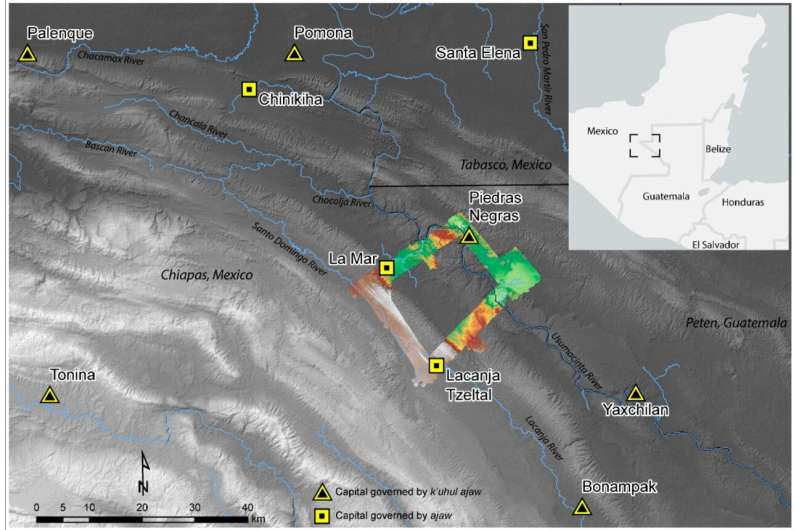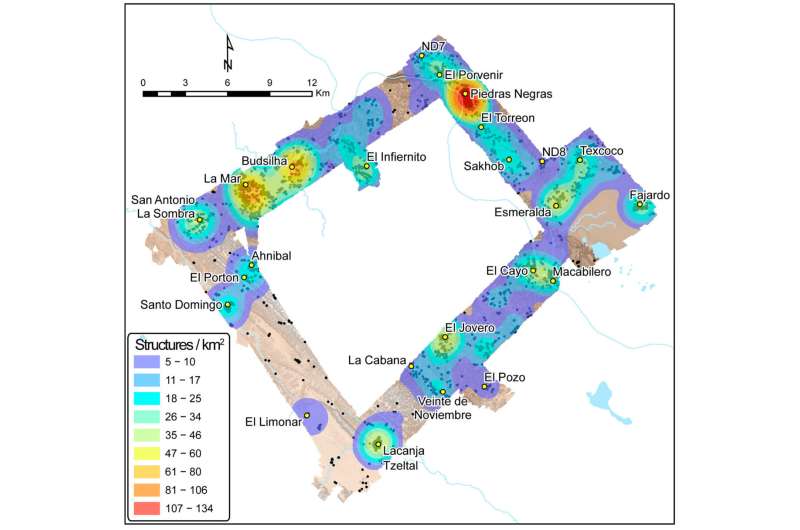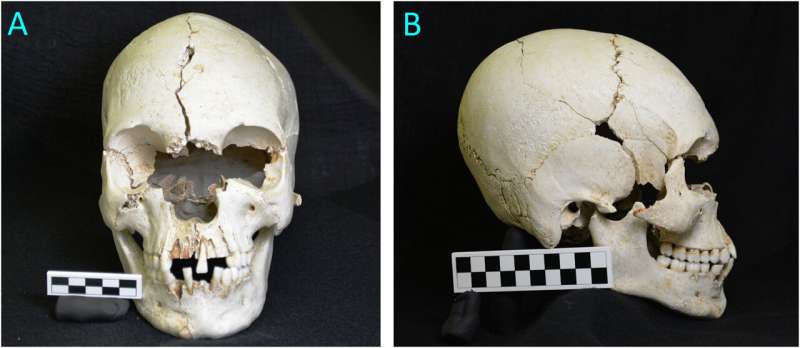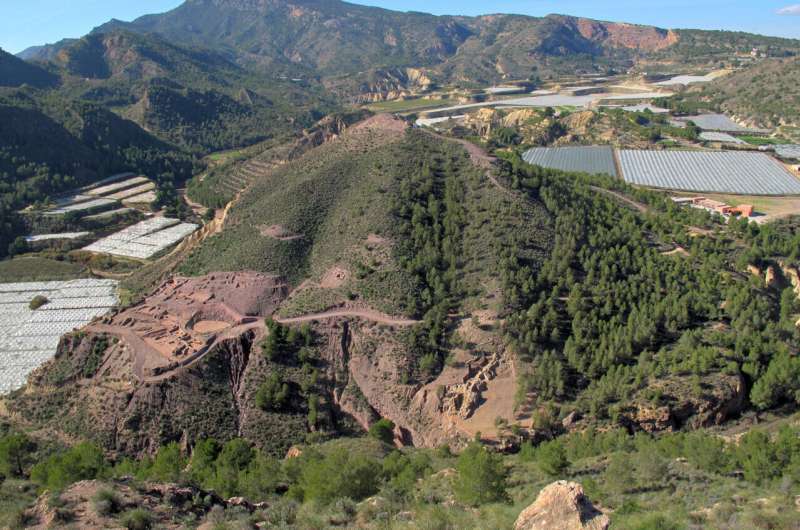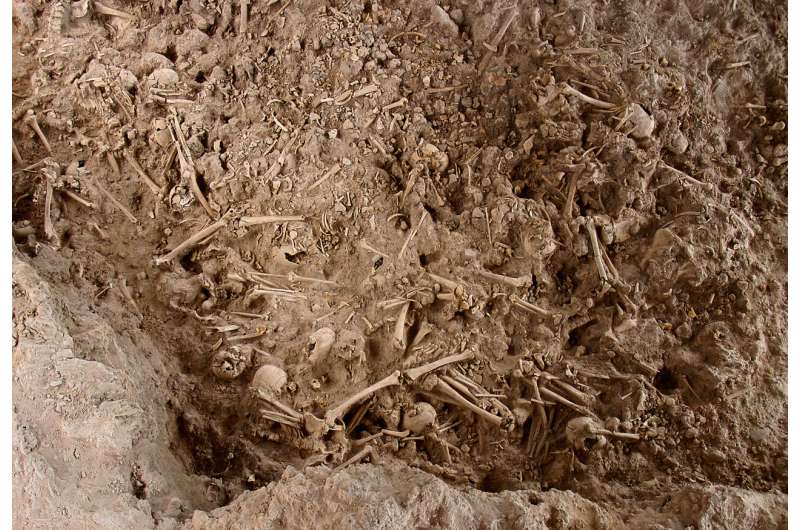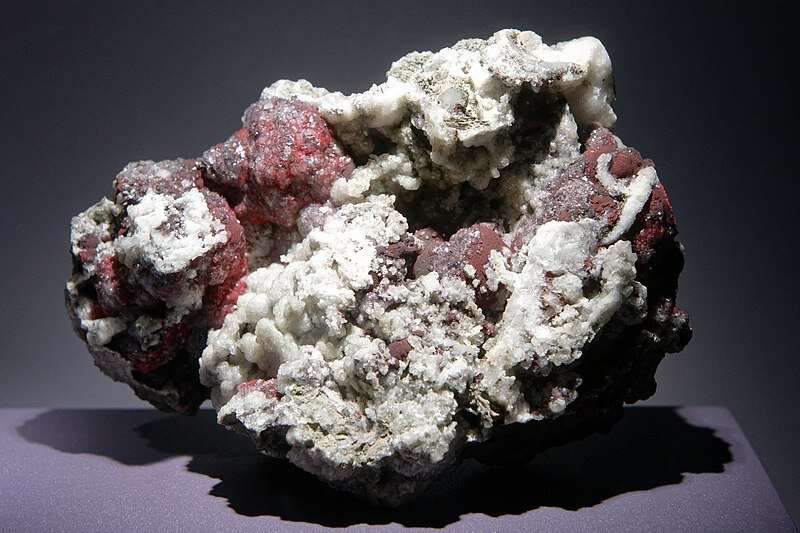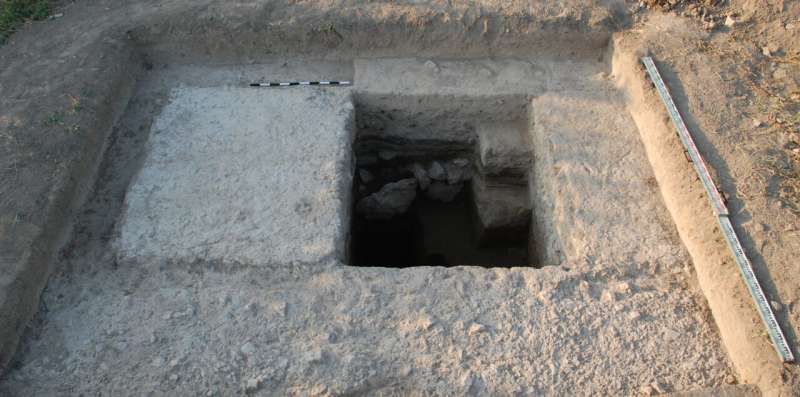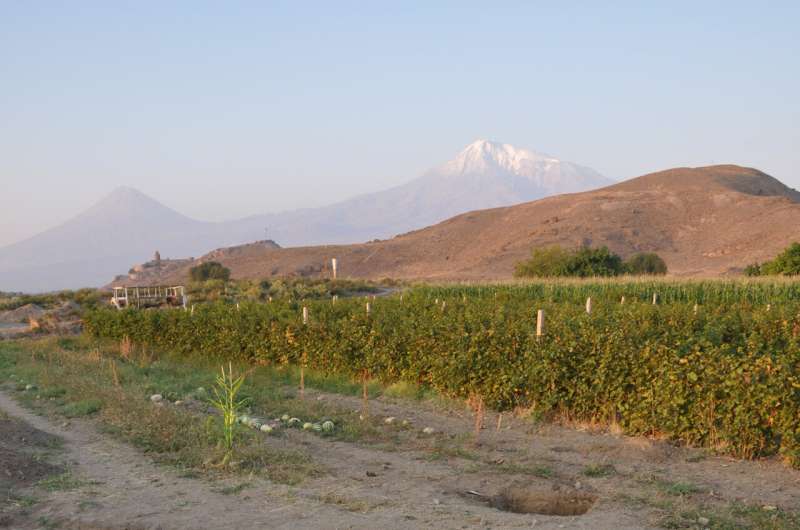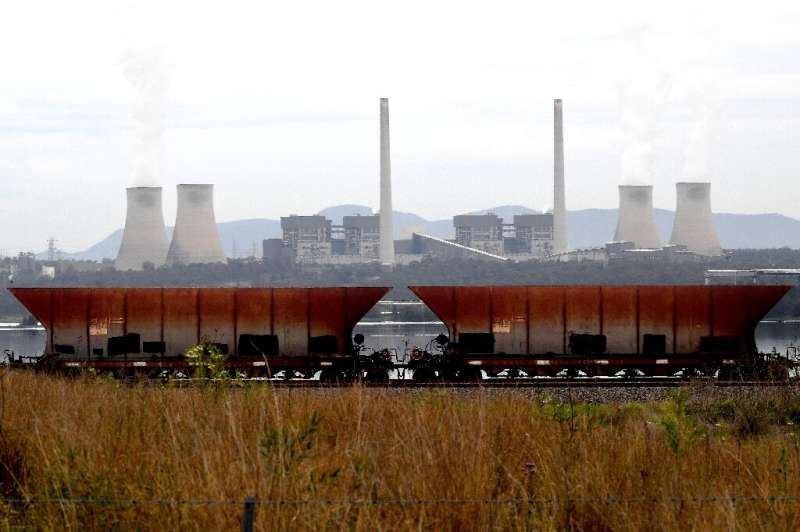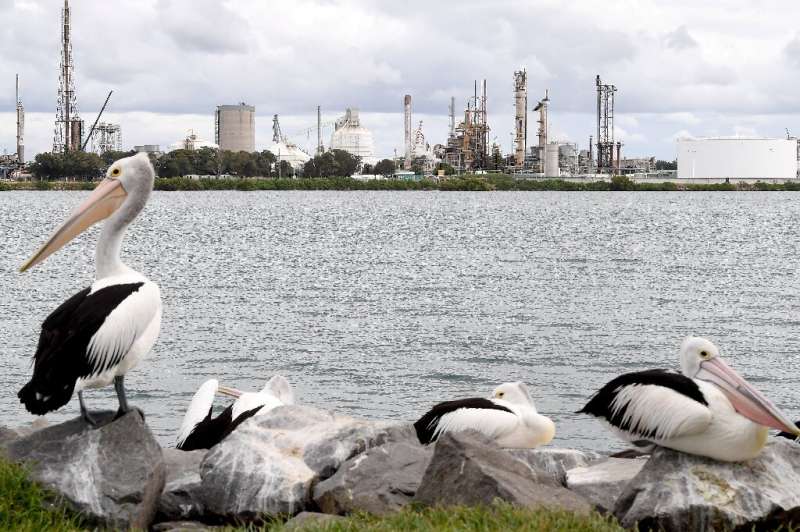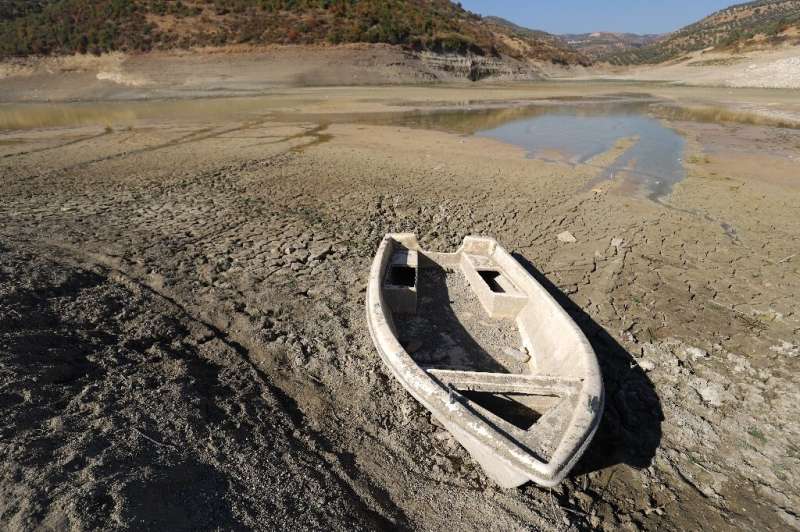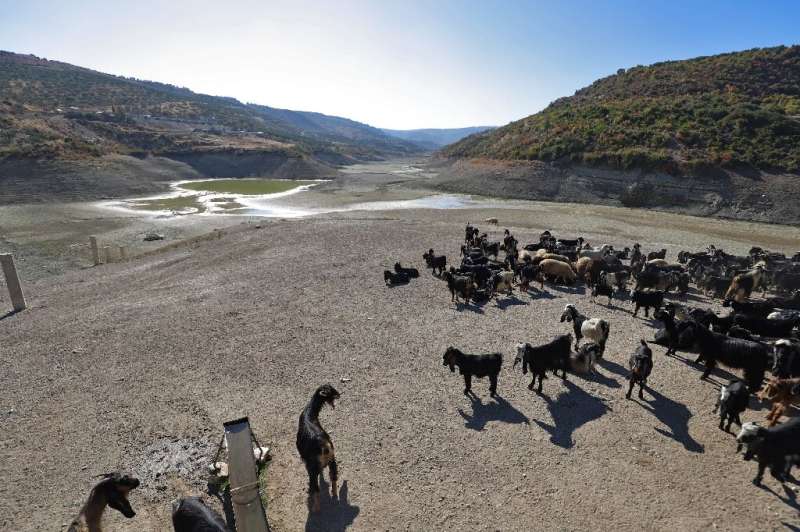Pythagoras' revenge: Humans didn't invent mathematics, it's what the world is made of

Many people think that mathematics is a human invention. To this way of thinking, mathematics is like a language: it may describe real things in the world, but it doesn't "exist" outside the minds of the people who use it.
But the Pythagorean school of thought in ancient Greece held a different view. Its proponents believed reality is fundamentally mathematical.
More than 2,000 years later, philosophers and physicists are starting to take this idea seriously.
As I argue in a new paper, mathematics is an essential component of nature that gives structure to the physical world.
Honeybees and hexagons
Bees in hives produce hexagonal honeycomb. Why?
According to the "honeycomb conjecture" in mathematics, hexagons are the most efficient shape for tiling the plane. If you want to fully cover a surface using tiles of a uniform shape and size, while keeping the total length of the perimeter to a minimum, hexagons are the shape to use.
Charles Darwin reasoned that bees have evolved to use this shape because it produces the largest cells to store honey for the smallest input of energy to produce wax.
The honeycomb conjecture was first proposed in ancient times, but was only proved in 1999 by mathematician Thomas Hales.

Here's another example. There are two subspecies of North American periodical cicadas that live most of their lives in the ground. Then, every 13 or 17 years (depending on the subspecies), the cicadas emerge in great swarms for a period of around two weeks.
Why is it 13 and 17 years? Why not 12 and 14? Or 16 and 18?
One explanation appeals to the fact that 13 and 17 are prime numbers.
Imagine the cicadas have a range of predators that also spend most of their lives in the ground. The cicadas need to come out of the ground when their predators are lying dormant.
Suppose there are predators with life cycles of two, three, four, five, six, seven, eight and nine years. What is the best way to avoid them all?
Well, compare a 13-year life cycle and a 12-year life cycle. When a cicada with a 12-year life cycle comes out of the ground, the 2-year, 3-year and 4-year predators will also be out of the ground, because two, three and four all divide evenly into 12.
When a cicada with a 13-year life cycle comes out of the ground, none of its predators will be out of the ground, because none of two, three, four, five, six, seven, eight or nine years divides evenly into 13. The same is true for 17.
It seems these cicadas have evolved to exploit basic facts about numbers.

Creation or discovery?
Once we start looking, it is easy to find other examples. From the shape of soap films, to gear design in engines, to the location and size of the gaps in the rings of Saturn, mathematics is everywhere.
If mathematics explains so many things we see around us, then it is unlikely that mathematics is something we've created. The alternative is that mathematical facts are discovered: not just by humans, but by insects, soap bubbles, combustion engines and planets.
What did Plato think?
But if we are discovering something, what is it?
The ancient Greek philosopher Plato had an answer. He thought mathematics describes objects that really exist.
For Plato, these objects included numbers and geometric shapes. Today, we might add more complicated mathematical objects such as groups, categories, functions, fields and rings to the list.
Plato also maintained that mathematical objects exist outside of space and time. But such a view only deepens the mystery of how mathematics explains anything.
Explanation involves showing how one thing in the world depends on another. If mathematical objects exist in a realm apart from the world we live in, they don't seem capable of relating to anything physical.
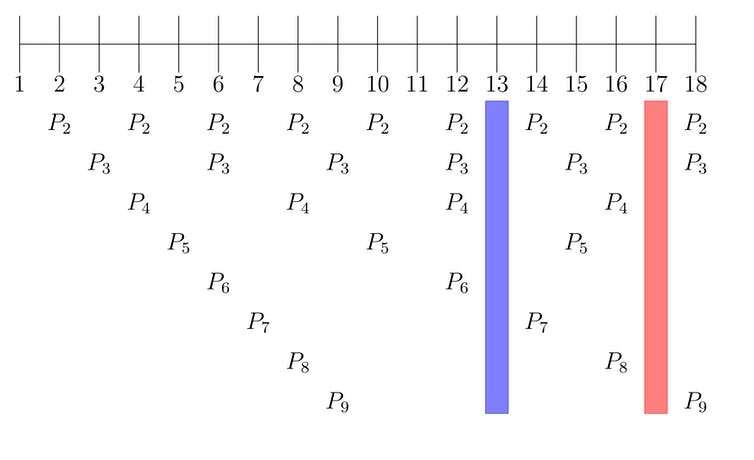
Enter Pythagoreanism
The ancient Pythagoreans agreed with Plato that mathematics describes a world of objects. But, unlike Plato, they didn't think mathematical objects exist beyond space and time.
Instead, they believed physical reality is made of mathematical objects in the same way matter is made of atoms.
If reality is made of mathematical objects, it's easy to see how mathematics might play a role in explaining the world around us.
In the past decade, two physicists have mounted significant defenses of the Pythagorean position: Swedish-US cosmologist Max Tegmark and Australian physicist-philosopher Jane McDonnell.
Tegmark argues reality just is one big mathematical object. If that seems weird, think about the idea that reality is a simulation. A simulation is a computer program, which is a kind of mathematical object.
McDonnell's view is more radical. She thinks reality is made of mathematical objects and minds. Mathematics is how the Universe, which is conscious, comes to know itself.
I defend a different view: the world has two parts, mathematics and matter. Mathematics gives matter its form, and matter gives mathematics its substance.
Mathematical objects provide a structural framework for the physical world.

The future of mathematics
It makes sense that Pythagoreanism is being rediscovered in physics.
In the past century physics has become more and more mathematical, turning to seemingly abstract fields of inquiry such as group theory and differential geometry in an effort to explain the physical world.
As the boundary between physics and mathematics blurs, it becomes harder to say which parts of the world are physical and which are mathematical.
But it is strange that Pythagoreanism has been neglected by philosophers for so long.
I believe that is about to change. The time has arrived for a Pythagorean revolution, one that promises to radically alter our understanding of reality.
